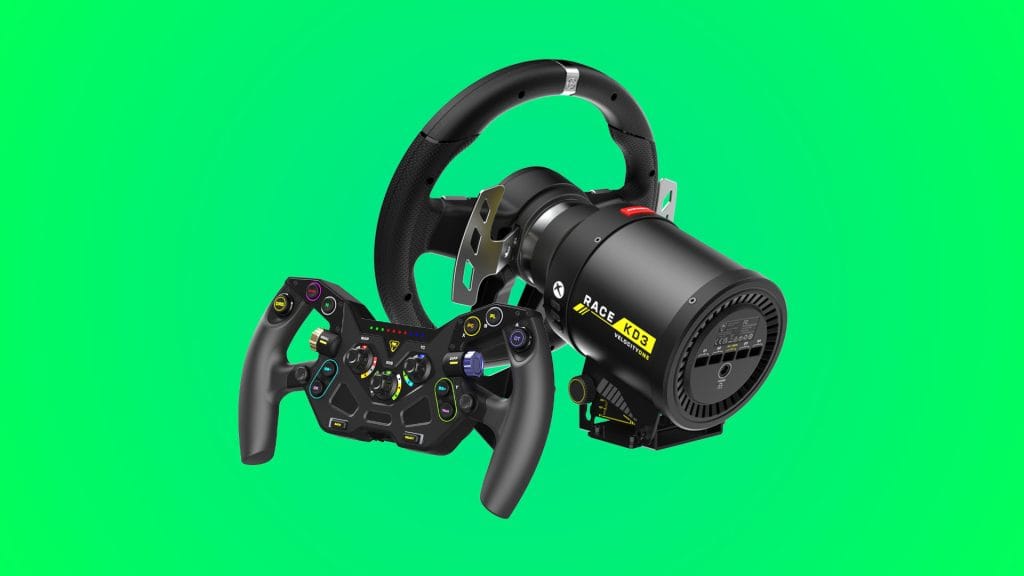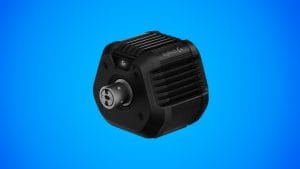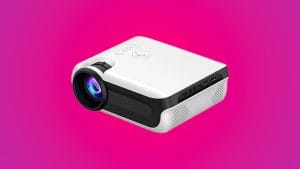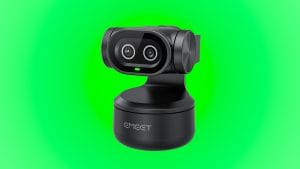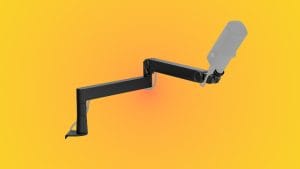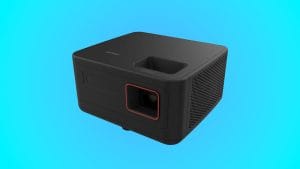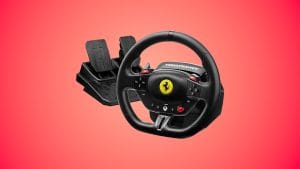Turtle Beach VelocityOne Race KD3 & VelocityOne F-RX Formula Wheel Review
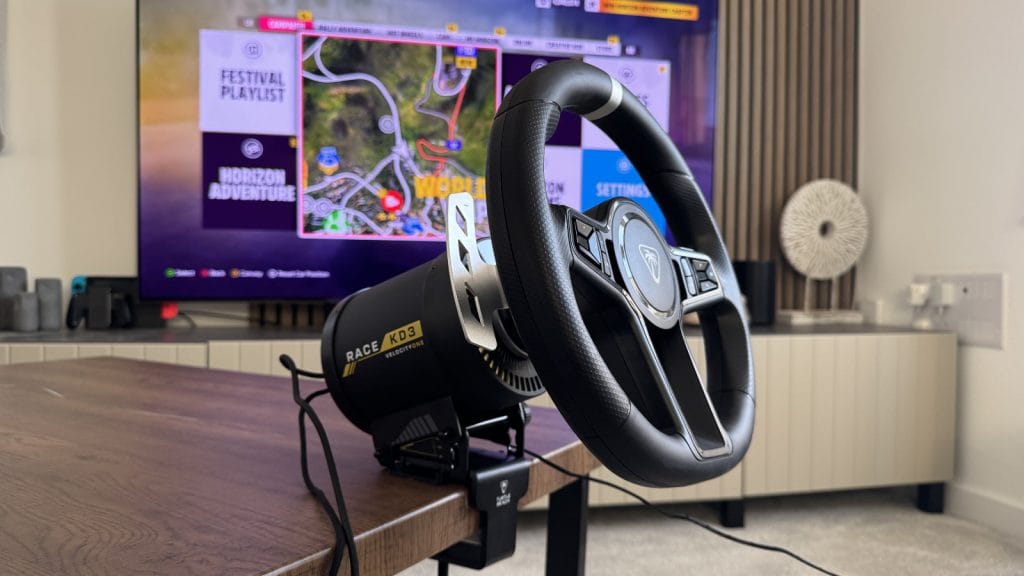
design
The Turtle Beach VelocityOne Race KD3 is one of the more distinctive wheelbases you’ll encounter, though it’s not too difficult to stand out in this genre. While the competition seems content with copying each other’s homework and rolling out identical black cubes, Turtle Beach has gone full cylinder. It’s still matte black, nobody’s reinventing that particular wheel, but a couple of neon yellow logos add some visual punch and there’s a little RGB action on the front too. I’m a fan, though the shape does mean you’ll need the included mounting bracket to stop the thing rolling off your desk.
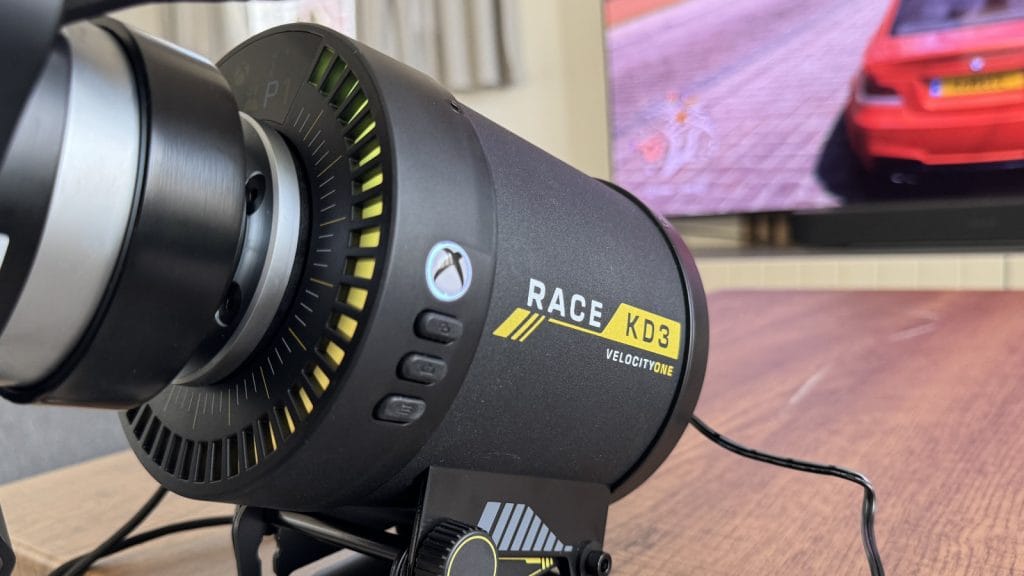
Build quality on the KD3 wheelbase itself is reassuring. The textured metal body feels substantial, capped with plastic ends that don’t cheapen that overall impression. It’s perhaps slightly more hollow feeling than pricier rivals when you tap it, but not in a way that suggests corners have been cut where they matter. At just 15cm long and 13cm wide, it’s impressively compact too, perfect if you’re working with limited space or a temporary setup. The all-metal mounting bracket is sturdy and includes a clever integrated tilt adjustment offering up to 20 degrees of angle. Thoughtful touches, nice.
And then we get to the included wheel, and things take a turn (get it?). The 30cm round wheel bundled with the Turtle Beach VelocityOne KD3 is nowhere near the standard set by its wheelbase partner. This isn’t even F2 on an F1 grid, this is closer to F3 by comparison. The textured rubber coating on the rim isn’t bad in isolation, but there’s a visible seam running right the way around where the two halves have been joined together and it’s both unsightly and uncomfortable during extended sessions. The centre is plastic galore, buttons, rollers, frame, the lot, and none of it feels particularly pleasant to interact with. The layout is actually sensible enough and everything falls within thumb reach, but the overall vibe is budget in a way the KD3 wheelbase simply isn’t. The paddle shifters are a bright spot, thankfully. They’re metal, magnetic, properly sized, and perfectly positioned.
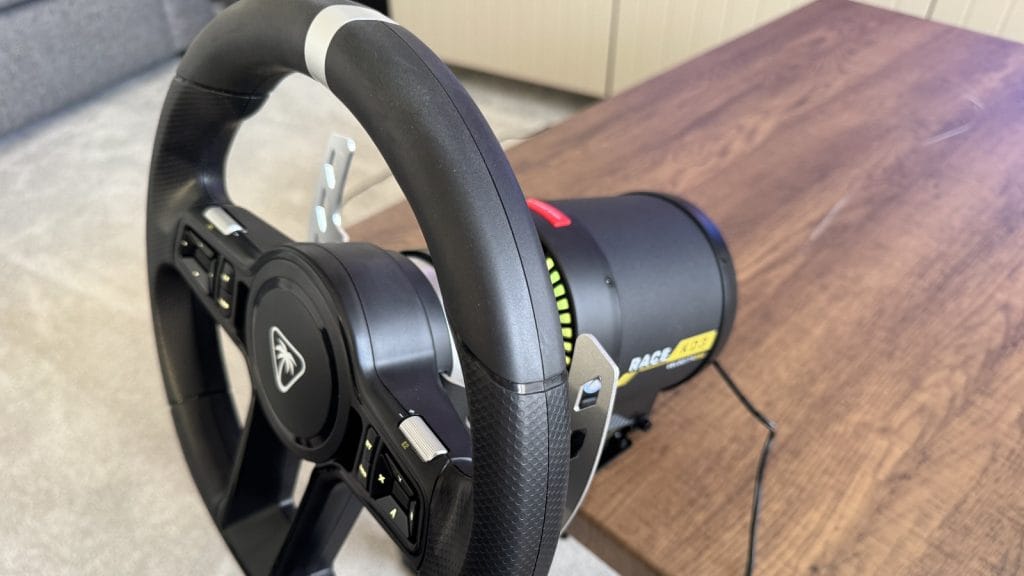
There is an alternative, mind you. Turtle Beach has also launched the VelocityOne F-RX Formula Wheel alongside the KD3, and it’s a completely different proposition. Soft, almost luscious rubber grips with a far less noticeable seam. A comprehensive array of mechanical buttons with pleasant resistance. RGB backlights, rotary encoders (though they’re stiffer than I’d like), thumbsticks, RPM lights, hall effect clutch paddles—you get the works. If it wasn’t for that little palm tree logo in the middle, I wouldn’t believe it came from the same company, it feels much more like something you’d see from a specialist brand like MOZA. You’ll pay £189.99/$249.99 for the privilege though, which somewhat undermines the bundle’s value proposition, but it really is genuinely excellent and would be close to my favourite sim racing wheel I’ve tested.

The pedals sit somewhere between the extremes of wheel and wheelbase. Turtle Beach has opted for a large all-in-one tray design for its VelocityOne Race KD3 pedals, which I don’t mind conceptually, though the execution leans heavily on plastic and doesn’t feel premium as a result. It was a similar story with the original VelocityOne Race, unfortunately. There’s welcome texturing on the heel plate and non-slip pads underneath, though I found them fairly ineffective on both carpet and hard flooring, you’ll want to butt these up against a wall or rig. Credit to Turtle Beach for moving the USB connection from the back to the side though, it’s something I specifically called for in my previous review. I’m not suggesting my opinion had anything to do with the change, it’s a logical improvement over the original, but it’s still one I’m glad to see it’s made.
The pedals themselves are sturdy plastic with generous metal faceplates, and there’s great adjustment potential here—21 mounting holes on the accelerator, 15 on the brake. Curiously though, there’s no meaningful lateral movement despite inch-wide bezels on the outer edges of the main tray. I found the KD3 pedals slightly cramped as a result. Not enough that I was actually clipping my feet together, but tight enough that it never felt entirely natural.
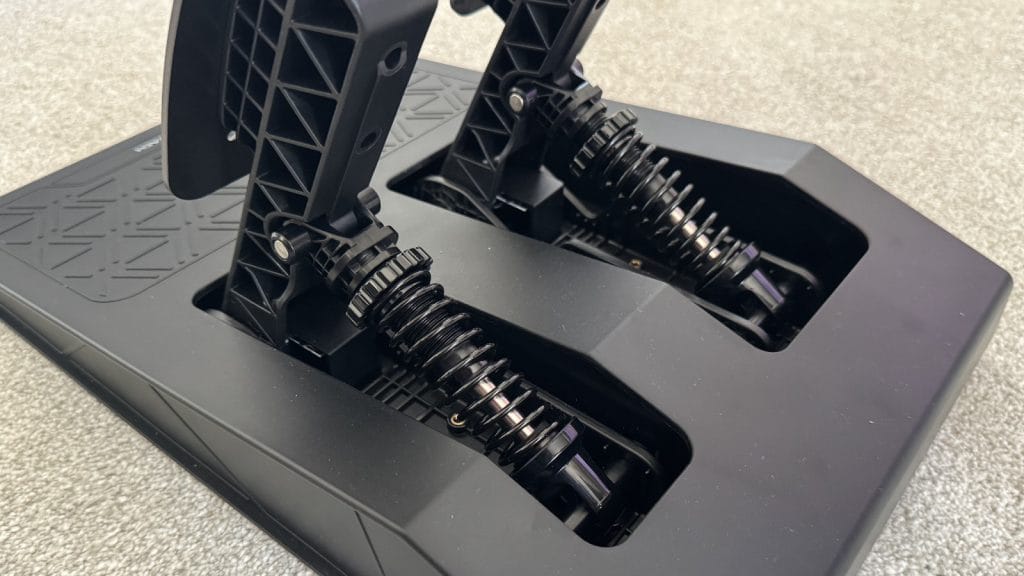
performance
Alright, let’s address the elephant in the paddock from the start: 3.2Nm of torque isn’t going to wrestle you particularly hard around corners. The Turtle Beach VelocityOne Race KD3 is an upper-entry-lower-middle-level direct drive wheel, if you’ll let me use that many hyphens in one word, and the raw numbers reflect that. But that’s no bad thing, in fact it’s exactly what the KD3 is meant to be. It’s for newcomers to sim racing, or anyone stepping up from something like a Logitech G923, it’s a meaningful upgrade over those and the K: Drive motor will have enough punch for most of those people’s needs.
I’ve tested my fair share of sim racing equipment up and down the price points, from the sub-£100 Thrustmaster T98 to the £1,500+ Logitech G Pro, and I approach them all the same way initially: how realistic do they feel and how fun are they to drive with. With that in mind I bolted the KD3 to a Playseat Trophy, connected the F-RX wheel to the wheelbase (because life’s just too short for that bundled option), and jumped into F1 25 on PC. I’m pleased to report everything was fully button-mapped out of the box, something you’d think would be a given and yet history shows me is far from. Jumping straight on our track the experience was mixed. High-speed corners felt particularly light and this is where I most noticed the lack of raw power. Where higher torque options like a MOZA R12 or Logitech RS50 let you lean into the resistance for physical feedback and greater control, the KD3 leaves your car feeling floaty.
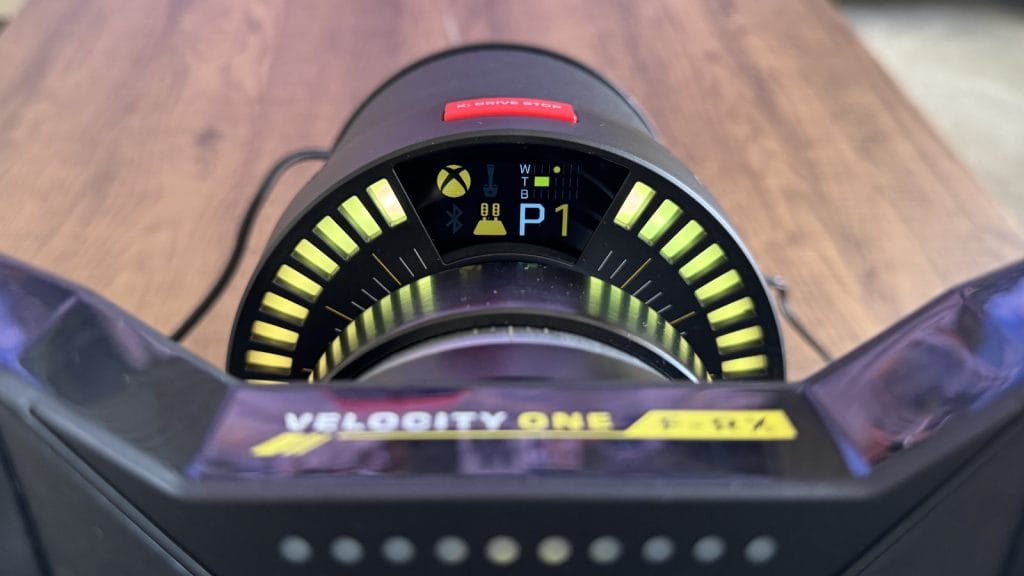
I was able to adjust the longer I raced and did begin banging in consistently quick lap times, but the connection between hands and tarmac just quite there. Here’s the curious thing that doubled down on that experience: there’s next to no feedback from the track surface itself. Not even a gentle buzz down the straights to confirm the tyres were, in fact, still attached. It was like driving on completely frictionless ice. This wasn’t limited to F1 25 either—Forza Motorsport (which required full manual button mapping, incidentally) had the same eerie silence. Venture off-line, however, and the VelocityOne Race KD3 suddenly comes alive. Kerbs deliver a proper jolt through the rim, dipping a wheel in the gravel requires genuine correction, good luck if you run wide onto the grass. It’s proof the K: Drive motor can deliver when it wants to, it’s just not being particularly well-utilised on smoother surfaces at present. Which is a shame, given that’s the bit you’re meant to be on most of the time.
Intrigued by this off-track performance, I fired up EA WRC, and my word. The Turtle Beach VelocityOne Race KD3 was born to rally. Take it away from tarmac and the KD3 genuinely shines. Sliding around gravel-covered hairpins was wonderful: loads of detail, plenty of wrestling, properly satisfying control to master. If rallying is your thing, there’s real promise here. The same was true of Forza Horizon 5. Taking the quicker route to an objective by doing away with roads and tearing through some poor farmer’s field was far more enjoyable than sticking to what the satnav said.
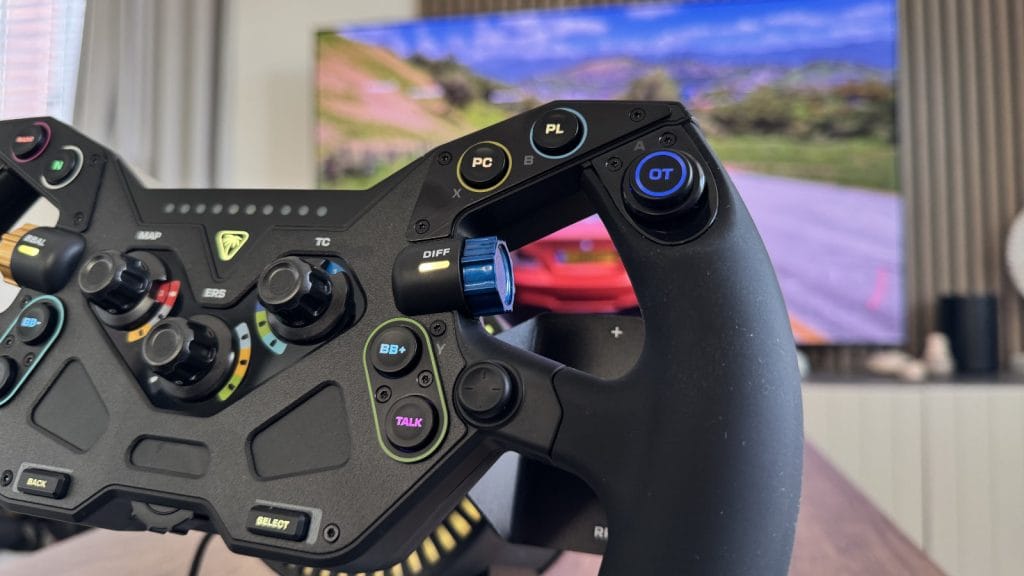
All of this was me playing on PC, but that’s not where I see most people using the Turtle Beach KD3. And with that in mind here’s the bit that really stings. Console compatibility is, to put it charitably, a mess.
The VelocityOne Race KD3 supports Xbox One, Series X/S, and PC, so PlayStation fans are out of luck. But even within the Xbox ecosystem, actually playing games becomes an exercise in frustration. There’s a compatibility list at the bottom of the product page on Turtle Beach’s website, but I’ll be honest: the fact I even need to cross-reference a spreadsheet before launching a racing game isn’t a great start and not really up to scratch for such an established console. What’s worse, is the spreadsheet didn’t seem to be entirely truthful.
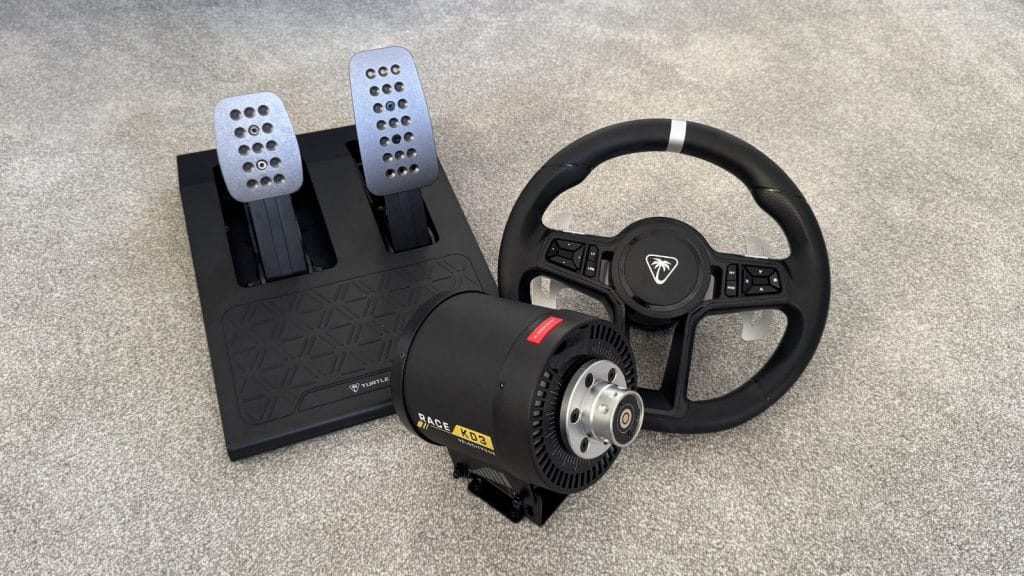
Forza Horizon 5 and Forza Motorsport are on the list and they do work, though both exhibited a strange inner deadzone issue that made the wheel feel like it was balanced on top of a pyramid, constantly wanting to pull left or right down straights. F1 24 however? Well it’s listed as fully compatible, yet it wouldn’t even register a button press to get past the title screen. Wreckfest too claimed compatibility but recognised only buttons—no steering, no pedals. I’m not sure if you’ve tried competing in a demolition derby without being able to move, but it doesn’t end well.
What makes this so frustrating is that Turtle Beach has real potential with the VelocityOne Race KD3 hardware. This could be a perfect step-up wheel for young gamers outgrowing their toy wheels, or a logical entry point for newcomers wanting proper direct drive without remortgaging. But I shouldn’t have to cross every finger when booting a game from my library. I shouldn’t need to consult a spreadsheet. And I definitely shouldn’t question my sanity when a game listed as compatible simply doesn’t work. I’m getting déjà vu here. I wrote similar things about the original VelocityOne Race eighteen months ago. The same strengths are still strengths. The same problems are still problems.
summed up
The Turtle Beach VelocityOne Race KD3 should be an easy recommendation. The hardware has true merit, particularly that cylindrical wheelbase and the optional F-RX wheel, and at this price point, direct drive of any strength is welcome. Rally fans will find plenty to love when the surface gets loose.
But the bundled wheel disappoints, console compatibility remains unacceptably patchy, and smooth tarmac force feedback feels undercooked. Pair it with a PC and spring for the F-RX wheel, and there’s a compelling package buried in here, but by that point it’s going up against the likes of the Logitech RS50 which has it well covered in most areas. Stick to the core bundle on Xbox, and you’re rolling the dice on whether your game library will actually cooperate and if it’s worth playing when it does.
It’s potential without polish. Again. And that’s frustrating.


